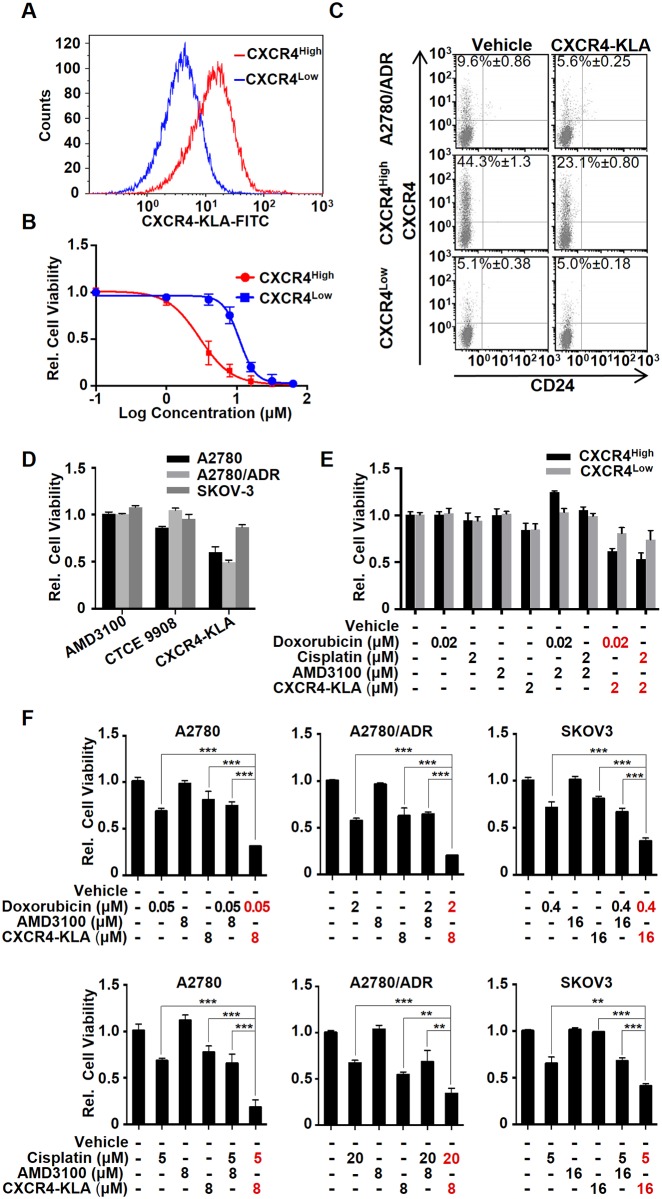Fig 4. CXCR4High can be a useful target for OVC treatment.
(A) CXCR4-KLA (labeled with FITC) specifically bound to CXCR4High. Cells were incubated with the peptide (5 μM) in 1.5% (w/v) FBS containing medium for 2h at 37°C prior to performing FACS analysis. (B) CXCR4-KLA displays the preferential cell killing of CXCR4High compared to CXCR4Low. MTS assays were performed on the cells 72 h after incubation with different concentrations (0–100 μM) of the peptide. (C) The specificity of CXCR4-KLA was confirmed by a reduction of the CXCR4High fraction of both CXCR4High and A2780/ADR after treatment with a suboptimal concentration (2 μM) of CXCR4-KLA for 72 h. (D) CXCR4-KLA is more potent than the conventional CXCR4 antagonists, including AMD3100 and CTCE9908, toward A2780, A2780/ADR, and SKOV3. Cells were incubated with the peptide (10 μM) for 72 h prior to determine the cell viability using MTS assay. (E) Using a combination of drugs (doxorubicin or cisplatin) and CXCR4-KLA (at suboptimal concentrations) showed synergistic cell-killing effects on CXCR4High and CXCR4Low (two way ANOVA, ***p<0.001). (F) The drug-peptide combinations also show synergistic cytotoxicity toward A2780, A2780/ADR, and SKOV-3. The drug dosages were selected according to the IC50 values of the drug or peptide alone against individual cell lines. All the experiments were performed in triplicate and the results were presented as means ± SD of three independent experiments (t-test, *p<0.05, **p<0.01, ***p<0.001).

